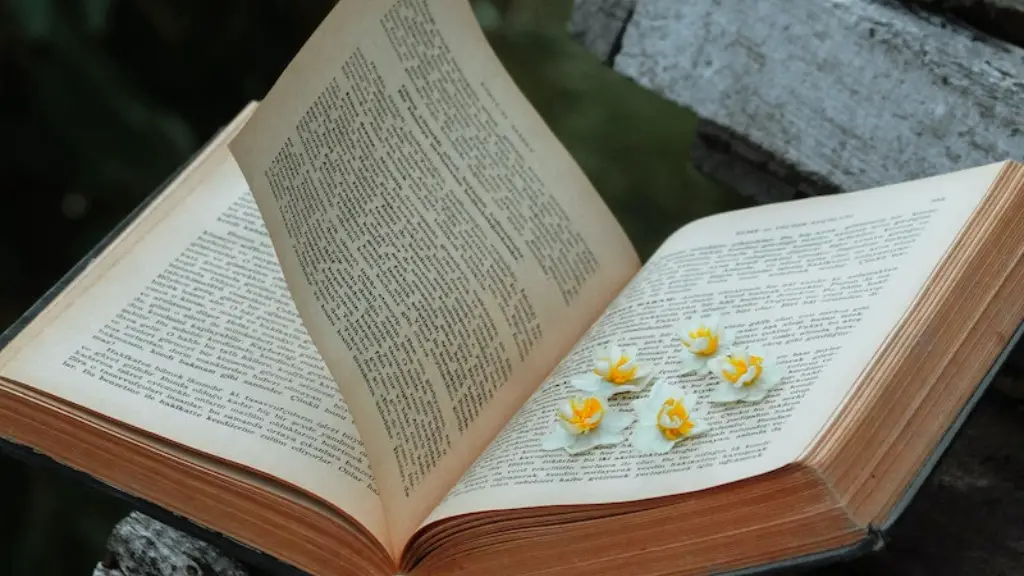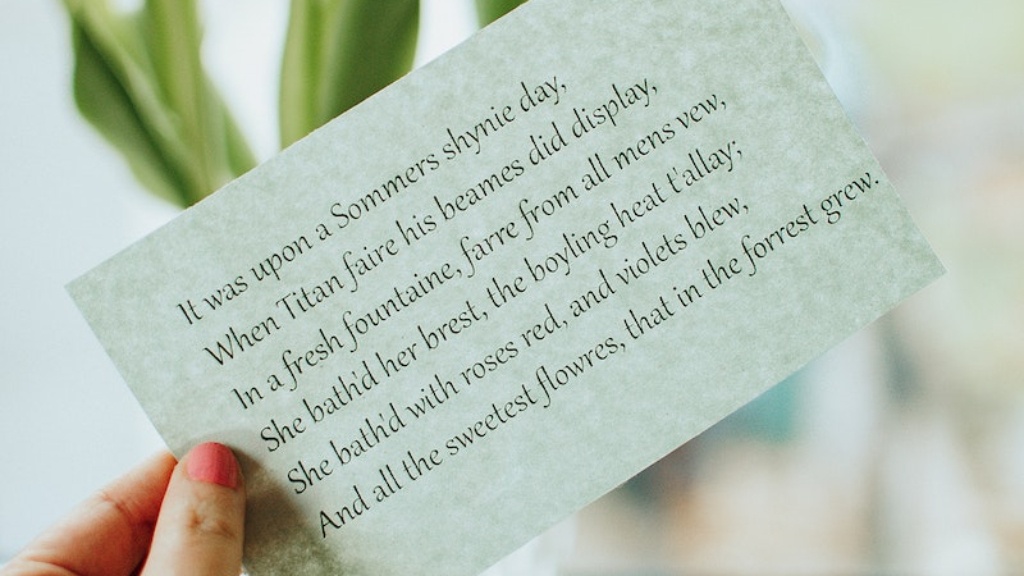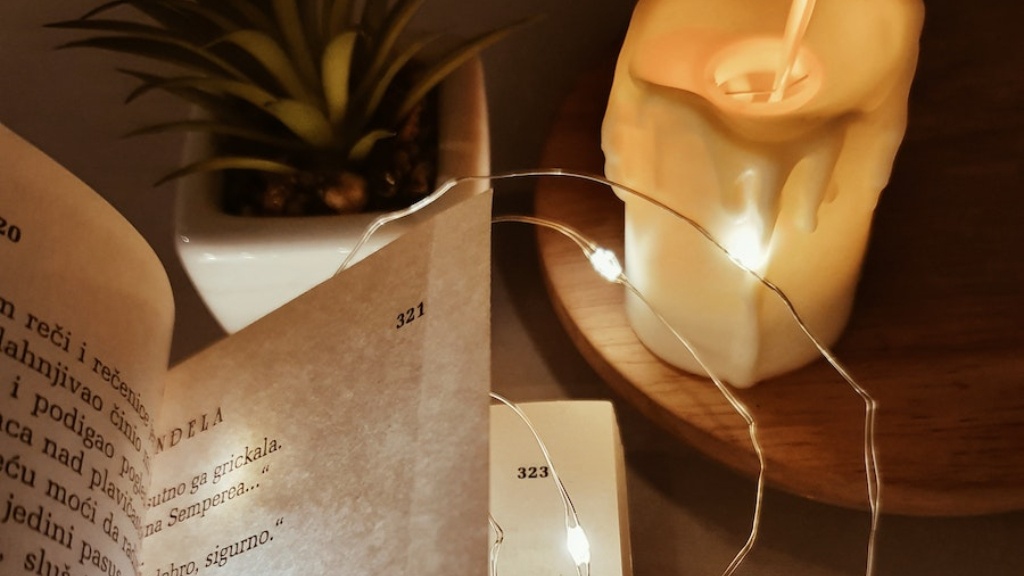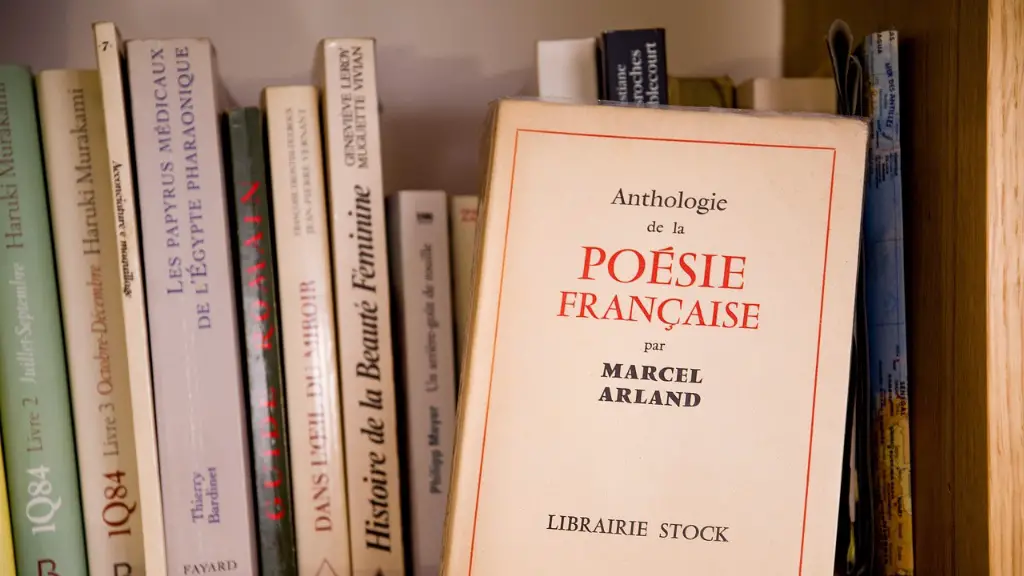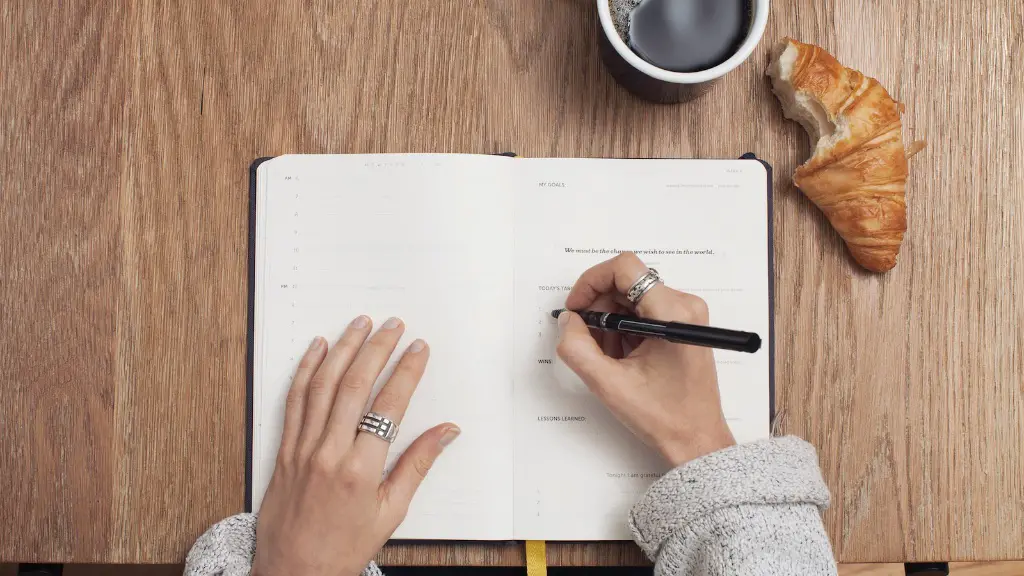What are the Elements of Poetry?
Poetry is a form of art and expression that has been around for generations. It has evolved over time from traditional to modern, from long and intricate to succinct and lyrical. Despite the ever-changing landscape of poetic expression, it is often said that all poetry consists of the same few, universal elements. Through this article, let us explore the essential components of poetry and have a better understanding of what makes a poem a poem.
First of all, poetic language is of utmost importance in poetry. With the right choice of words, a poet can evoke vivid images, stir emotions and transmit messages with an economy of language. Through their words, poets blur the distinction between the mundane and the delightful, between the simple and the complex.
The rhyme of a poem is also a critical factor in creating lyrical effect. Rhymes are formed when two or more words of the same language share the same sound and is found in the last syllable of a line or in the stressed parts of words. It serves to emphasize the main theme of the poem and adds a steady rhythm to the lines.
Meter, or metre, is a poetic device wherein a poet regulates the number of syllables in a line to rhyme in a typical or consistent pattern. For example, common metre is a traditional form found in many hymns, consisting of lines with eight syllables alternating between iambic tetrameter and iambic trimeter.
Likewise, stanzas are equally important elements in the creation of a poem. A stanza is a group of lines in a poem united by a common pattern of metre and rhyme and often deals with a particular theme. It is similar to a paragraph in terms of conveying a single idea or thought, except that it consists of several lines instead.
Aside from that, figurative language (or poetic devices) also plays a vital role in poetry. This can refer to anything from metaphors and similes to personification and assonance. These tools are used to bring life to a poet’s work and add poetic ingredients for the readers to savour.
Finally, a poem is quite often associated with the tone, which can be defined as the general attitude of the poet towards the subject of his work. From anger and anguish to joy and ecstasy – a poem’s tone reflect the emotions of its author.
Structures
Structuring a poem is a difficult yet essential task for any poet. It is important to ensure that the various components of a poem come together to form one unified piece. After all, the key to successful communication of an idea through a poem is to ensure that everything – from the words to the length to the rhythm to the stanza – are in harmony with one another.
The structure of the poem is often determined by the poet’s intentions. For example, if the poem is to be funny and lighthearted, the poet might opt for shorter lines and a less rigid metre. On the other hand, if the poem is to be a battle cry for justice and fairness, the poet may choose longer, denser lines and a more complicated metre.
Moreover, the structure of the poem often depends on the topic at hand. If the poem is about the cyclical nature of life and death, a poet may choose to use a specific form such as the villanelle, while if the poem is about birthdays and childhood memories, a different style may be selected.
In the end, a good structure is necessary to motivate readers emotionally, intellectually and aesthetically. It is one of the key elements that determine how impactful, memorable and understandable a poem is. In an ideal situation, the poem should guide readers naturally from the beginning, to the middle and then to the end.
Themes
Themes, in poetic writing, refer to the central topics, events and ideas that are explored throughout the course of a piece. It is the seed of an idea that a poem is about, the purpose for which it was written. Through themes, the poet communicates his insights to the readers on certain topics that may range from the beauty of nature to the pains of love.
In a poetic work, themes are often hinted at through language, imagery, motifs and symbols. A poet can bring out the theme through metaphors, allusions and other rhetorical devices. For example, in Edgar Allan Poe’s classic poem, ‘The Raven’, themes of loss, despair and loneliness are highlighted through the imagery of the bird. By setting the tone and establishing the theme in the first few lines of a poem, a poet can provide readers with the context to understand and appreciate his work.
Style
The style of a poem refers to the way in which the poem is written. It includes the poet’s diction, literary techniques and figurative language used in his poem. This is usually determined by the poet’s writing preferences and the flow of ideas that emerges from his own personal experiences.
To further elucidate, some poets may have a reputed reputation for their lyrical, emotional style – an example of which is post-war American poet, Sylvia Plath. On the other hand, some may opt for a more subtle, descriptive approach, such as British poet, Robert Frost. Style, then, is one of the significant elements of a poem, lending it a distinct personality and flavour.
Voice
Lastly, voice is an intrinsic part of a poem that reflects its author’s unique identity. It is the poet’s internal perspective and nuances of thoughts, feelings and behaviour that become apparent in his work. By maintaining a consistent voice throughout his work, a poet can engage the readers on a more personal level, prompting them to draw their own conclusions and opinions.
It may help the poet to visualise himself placing words on the page. This image assists the poet to maintain a consistent flow and tone of voice while writing. It also steers him away from mechanical repetition and allows him to be more expressive of his ideas. In this way, voice plays an essential part in forming a bond between the poet and the readers.
Conclusion
In conclusion, poetry is an art form that captivates the heart, mind and soul of the poets and readers. Its beauty lies in its elements – from poetic language, meter, stanza and rhyme to Figurative language, themes, structures and voices. By understanding what these individual components of a poem are and how they interact with one another, poets will be able to perfect their craft and create works of wonder.
